Training for Size - Anvil Training Series 5

An Anvil T&D Training article by Marshall Officer
What is the Anvil Training Series?
The Anvil Training Series is a series of 12 articles throughout 2020 about key training concepts, written for the general reader. Physical training, in some form or another, should be a part of everyone’s life. Most of the basic concepts are very easy to understand and implement, although these days - the industry has become muddied with complicated variations of basic concepts that can make choosing how to train quite intimidating. These articles are here so that you don’t need a degree and ten years’ experience to separate what matters from what doesn’t, and aim to help you navigate the muddy and ever-changing waters of the online fad fitness industry.
Introduction
When I first sit down with someone to discuss their training, I always ask about their goals. It’s usually the first thing I want to know - because it’s the best way to assess their mindset, their understanding of their own fitness, and what kind of training they like to do. More often than not, people say the same sort of things - “I want to lose weight”, “I want to gain strength”, “I want to lose fat and increase lean muscle mass”, “I want to get fit”. These are all fairly generic answers, and realistically - most goals fit under these banners to some extent, whether you are a professional athlete or a member of the general population, who trains for health and wellbeing rather than competition.
If you’ve been following my previous Training Series articles, you’d know that I’ve addressed training for General Health and Wellbeing, and I’ve written about building strength. The next topic I want to cover is size. Now, when I talk about training for size - in technical terms I would be talking about increasing muscle mass, muscular definition, and proportionality. This is commonly referred to as ’bodybuilding’. Although I use the word ‘size’ to refer to this type of training, for women it would not refer to getting bigger - it refers to highlighting a particular body shape through the development of muscle. Building muscle does not necessarily mean getting bulky, either. Usually, a “bulkier” look refers to higher levels of muscular definition, which is accomplished through a strict diet. At the end of the day, if you occupy a human body, your muscular anatomy is practically the same as almost every other person walking around (obviously, there are individual differences - but everyone has biceps, traps, quads, and glutes). So, if you want to emphasise a particular body shape, you can use the principles of hypertrophy to sculpt your body into those proportions through resistance training and the manipulation of nutrition. This is what I call Training for Size.
Why would we Train for Size?
I have already touched on it briefly, but Training for Size is primarily done for aesthetic purposes. I will always bring it back to the sport of bodybuilding, because bodybuilding is a competitive arena for people who professionally manipulate the shape of their body. This means that they are the best of the best - they spend countless hours in the gym (and countless more in the kitchen), all to get up on stage and stand next to other highly dedicated people to be judged on things like muscular separation, body shape, balance, proportionality, and the ability to hit certain poses that emphasise the shape of their body from every angle. Anyone who wants to be successful in training to look a different way should follow the principles of bodybuilding. It may not ever get to the extremes of whether you show enough striation - training for size may be as simple as body sculpting, or focussing your training on a specific body part or area to develop a different shape or “look”. Although the end goal may not be extreme-level bodybuilding, the principles in and out of the gym still apply. At the end of the day, we train for size because this type of training helps with self confidence. Many people experience some type of body dysmorphia, and although this is an area I don’t feel comfortable exploring as I’m not a medical or mental health professional - feeling like you should “look a certain way” in order to be happier or feel more like yourself is common. It could be argued that the existence of gyms, and the existence of the entire sport of bodybuilding, is based upon people wanting to look more like the heroic figures displayed in art and media for thousands of years. Training is a healthier and safer alternative to surgery, although the results aren’t as immediate and take a lot of time and hard work. But, if you are willing to put in the work - the results speak for themselves. When done properly with the supervision or advice of qualified professionals, and with a healthy mindset - training for size can be a healthy way to change the way you look.
What should you be doing in the gym?
I’ve mentioned this briefly above, but it needs to be stated explicitly so there is no misunderstanding: when it comes to training for size, most of the hard work isn’t done in the gym. It’s done in the kitchen, and with discipline in other facets of your life. Diet is arguably far more important when trying to adjust body composition, and if radical adjustments are being made (like high levels of fat loss, or trying to achieve an extremely low body fat percentage to be as “shredded” or defined as possible) - a professional like a bodybuilding coach, qualified personal trainer, and dietician should be included in the process. Even someone training 2-3 hours a day (too much, probably), has another 21 hours of the day to fuck all that hard work up. If you aren’t prepared to work as hard in that time as you do in the gym, you just won’t see the results.
Now that that’s out of the way, your training in the gym should be focussed on one thing: sarcoplasmic hypertrophy. I mentioned this in my last article, training series 4, but in very basic terms - sarcoplasmic hypertrophy is the development of muscle fibre size, rather than the efficiency of the neural connection. Although both happen at the same time, you can manipulate the way you train to focus more on one or the other. The reason we want to be focussing on muscle size rather than efficiency, is you aren’t trying to compete in strength sports. To develop a muscle, there is no reason to lift the heaviest possible weight. In fact, submaximal weights (lighter than your max) are your best friend. Although there are many guides out there giving the “perfect rep ranges” for things like power, strength, hypertrophy, and endurance - in reality, these rep ranges aren’t that strict. The primary goal of every set should be taking the muscle to a fatigued state; also known as ‘working to failure’. The reason to do this is when a set is taken within 1-2 reps of failure, and rest is limited - the next set will force the fatigued muscle to recruit even more fibres to complete the same amount of work. The more fibres the muscle is forced to recruit, the more the body will adapt in recovery - leading to more muscle growth. Bodybuilders traditionally use techniques like supersets, strip sets, drop sets, and slow eccentrics, to push each muscle group as close to failure as possible, from as many angles as possible, in order to develop the fullest muscle body they can.
What does that look like in practical terms?
First of all, you need to decide the things on which you are going to spend your time. The standards for bodybuilding differ across many different federations, as well as across many different divisions. Some people I’ve spoken to want to build a large upper body but aren’t as interested in big legs. Some want bigger calves, others want a bigger butt. Some people want a narrow waist and wider looking shoulders. Some just want big arms. Regardless of the priority areas you want to develop, all of these parts can be manipulated by inducing hypertrophy in the muscles in that area. If you want your waist to look smaller, you can build muscle on the upper body around the chest and shoulders, to change the ratio of shoulders to waist. If you want a bigger butt, you can focus on the glutes. If you want your arms to look bigger, you can build the biceps, triceps, and shoulders, without putting too much focus on the chest and back - so the arms look larger in comparison. Combined with a strict, healthy diet, almost anything can be achieved by inducing muscle growth.
As far as sets and reps goes, compound exercises are better for releasing the chemicals in your brain that trigger muscular adaptation. In simpler terms, doing lots of squats actually benefits muscle growth everywhere else - so, it pays to never skip leg day. Isolation exercises, however, are more effective at targeting specific areas. An effective program that involves training for size could involve a few compound exercises, maybe one or two each training day, with sets and reps of 5 or 8 (this is just an example, but heavy singles aren’t as effective at building a hypertrophic response). This would be followed by isolation exercises, all targeting the body part that you’re working on that day. Each of these exercises should be taken to within 1-2 reps of failure. A key point to make is to be sensible with these exercises. If every single one of your sets was taken to failure, but it was with a weight that required you to do 50 reps to get to failure - you’d be in the gym all day. Endless studies have been done, and all the smart and experienced people tend to agree - sets of 10-12 with a weight that would cause you to fail at the 12-14 rep mark is enough. Sure, you can do sets of 20, or some crazy workout you saw online that involves 100 total reps of 10 different bicep exercises - but the results come from pushing the muscle into fatigue, and forcing it to recruit more muscle fibres. Keep that in mind, and you can’t go wrong.
It’s also worth mentioning the mind-muscle connection. This term refers to feeling the exercise, rather than just doing the exercise. What I mean by this is when you are doing an isolation exercise, you want to focus everything on feeling that muscle contract and relax with every rep. You will get a lot more out of bicep curls if, during every rep, you focus on feeling the bicep squeezing through the entire contraction, and then slowly releasing through the eccentric back to the fully relaxed position - rather than just blindly swinging the heaviest weight you could get on an olympic bar in the squat rack (and becoming the next meme on gym fails).
More Importantly, what should I be doing out of the gym? (Sleep, Nutrition, Recovery, PEDs)
If you train one hour a day, you have 23 more hours of hard work if you want to build your perfect body. A large chunk of that time should be filled with sleep. Sleep is when your body rebuilds itself, and solidifies the neural connections you’re building each day. If you aren’t dedicating a significant amount of time to a good sleep, you aren’t giving yourself the best possible chance of recovering to really maximise that time in the gym. Nutrition is equally as important. Muscular repair can’t occur without sufficient protein intake, high levels of hydration, and the nutrients supplied by a balanced diet full of vegetables. Carbs and fats can both be used for energy - so, you will need enough of either to give your body the fuel it needs to keep working to failure in the gym, not to mention go about all your other day to day tasks. On top of that, in order to grow, you need to be consuming enough calories a day to fuel the rest of your body - to meet the energy demand of your brain, and all the energy used by your body throughout the day. For someone trying to develop larger muscles, this usually looks like a slight caloric surplus. Even though a caloric deficit will allow your body to burn any excess fat, you can’t efficiently or effectively build that muscle without a period of time in surplus - so don’t try to spend all your time in deficit, it’s not healthy nor is it an intelligent way to maximise that time you’re spending in the gym. On top of that, recovery can also involve managing injuries, stretching, prehabilitation activities, and stress relief. Stress is a biological inhibitor of muscle growth, as excess cortisol in your body prevents appropriate muscle recovery, alongside other negative systemic impacts on digestion and mental health. If you are trying to manipulate your body composition, don’t underestimate the effect stress is having - it does more than you might think.
I should also mention PEDs, or performance enhancing drugs. Although many top level competitors are using or have used PEDs, they are not necessary for developing the body you want. In fact, in many cases, they promote such rapid muscle growth that you don’t learn how to train properly - and when you stop your cycle of PEDs but continue to train the same way, with incorrect technique or poor fatigue management, you end up injured or with zero results. My advice is: learn how to train properly, put in the hard work with diet, a smart training program, dedicated time for rest, relaxation and recovery - and if you get to the point in your bodybuilding career where you want to get on stage next to Phil Heath for the Mr Olympia title and you truly think there is no possible way to do it without drugs, talk to a doctor and do it in a safe, managed way with a medical professional. Short of that, you’re only hurting yourself if you take the easy way out and cycle drugs to make quick gains. Injuries, mental health complications or side effects, and a poor training attitude are just a few things that could come from taking the easy option. Save your money, or even better, get a decent coach, and watch your self esteem sky rocket when you see the results of real hard work and a disciplined, healthy diet in the mirror every day. PEDs have their place, for competitive or seriously injured athletes. For the general population, train and recover in a way that you can be proud of, and when everyone blames those gains on steroids, you won’t need to get all defensive about your shriveled balls.
Cardio - Good or Bad?
Cardio is an interesting one when it comes to building muscle. Steady state cardio is great for low intensity fat loss, and can be an awesome contributing factor to a good training program. Walking, jogging, rowing or cycling for distance or calories is a great, low impact way to burn extra calories. High intensity cardio can inhibit muscle development, and extreme long distance cardio like marathons can actually result in the breakdown of muscle tissue. However, aerobic activity has huge benefits to the heart and lungs, so it is important to spend some time stimulating the cardiovascular system with a form of higher intensity or longer duration activity. Any good coach will understand the value of a little bit of cardio, both for health and calorie management, and if you absolutely hate running - there are other alternatives (like rowing or cycling), or even a higher tempo resistance training session or two. Realistically, cardio isn’t bad for you, bro, you probably just suck at it.
I Can’t Out-train My Genetics?!
Genetics do play a part in your body structure, determining things such as the length of certain muscles, their insertion points, bone length, and the overall proportions of your body. However, genetics are more often used as an excuse for people that have an allergy to hard work. With the right nutrition guidance, from a qualified professional, a disciplined training program, and enough sleep - you can make huge leaps and bounds. Managing the stress in your life is another key aspect, so if you find yourself dealing with daily stressful experiences or work in an extremely high stress environment (such as the military or emergency services) - it may be beneficial to work with a mental health professional on building coping strategies to support your wellbeing. Your genetics determine your starting point, but everyone starts somewhere. Putting in the hard work, and allowing enough time for change to happen, will do more than your genetic make-up ever could.
Conclusion
To wrap up this article, many of the topics I have touched on could be entire articles in themselves. You can find endless resources online about the importance of sleep, nutrition, bodybuilding style programs, the contribution of cardio, genetics, even the positives and negatives of PEDs - including scientific studies conducted, and professionals with lifelong experience in these fields. Although my short paragraphs don’t do many of these topics justice, it’s important to remember that some of the basics don’t change.
If you take anything away from this article, let it be these few points:
- Training to change your body shape, size, muscular definition, proportions, or body fat percentage isn’t just 1 hour in the gym, 3-5 times a week. Real, healthy, sustainable results come from discipline, alongside intelligent and consistent choices in the other 23 hours a day. If you aren’t seeing the results you want - don’t look at your training program, look at everything else you are (or aren’t) doing.
- Sarcoplasmic hypertrophy (increase in muscle size) is most effectively trained by taking a submaximal weight close to failure, across multiple sets of multiple reps. Training one rep maxes or high intensity cardio won’t bulge your biceps or build that booty nearly as effectively.
- Develop your mind-muscle connection. If you do one thing different in the gym, make it that you lower the weight, and then feel every millimetre of that contraction. The number on the bar means nothing to the muscles you’re trying to build, but a conscious, controlled contraction (repeated close to failure every set) will force your body to adapt.
- Don’t take the easy way out. Even if you are seriously considering PEDs, take the time to learn how to train properly with excellent technique. Avoid the injuries and imbalances, in the long run your body will thank you.
- “Bad genetics” is just another excuse to avoid putting the hard work in. Genetics are only part of your start point, you can still make positive change by working patiently, effectively and consistently.
Training like a bodybuilder doesn’t mean you ever have to get up on stage - it can be a healthy way to relieve stress, manage body image issues, and build confidence. It’s another tool in the training toolbox, and is worth trying if you haven’t. Who knows, you could be the next WBFF figure champion, or it could just be something that gives you a sense of pride and puts a smile on your face when you walk past the mirror.
Train Smart. Train Hard.
About Us
Anvil Training and Development is a group of Australian veterans who care about the physical and mental health of veterans and emergency service workers. We’re passionate about ongoing education and working with others to implement positive change.
Instagram: Anvil Training & Development - @anvil.td
Facebook: Anvil Training & Development - @anvil.td
www.anviltd.com
(Article Edited, Proof Read, and Fact-Checked by Charlotte Officer)
VES Mental Health Resources: https://anviltd.com/pages/ves-australian-mental-health-resources
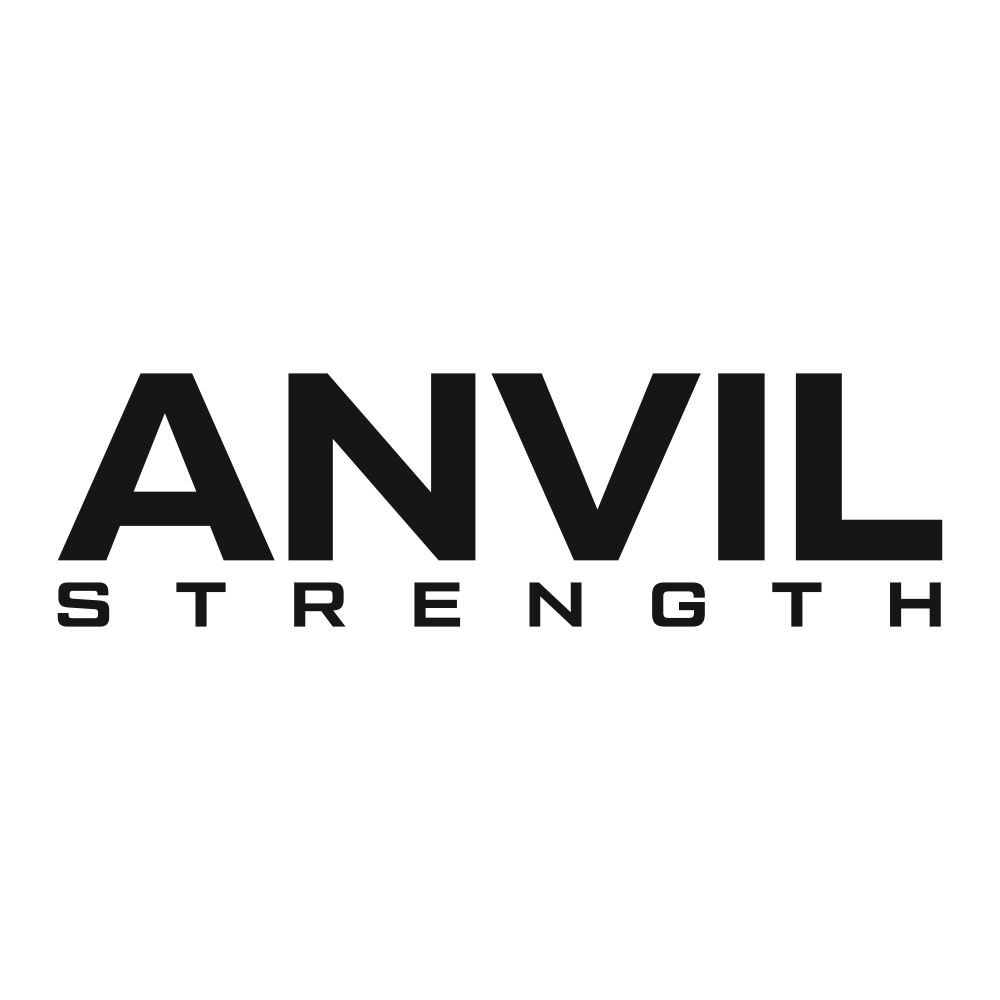
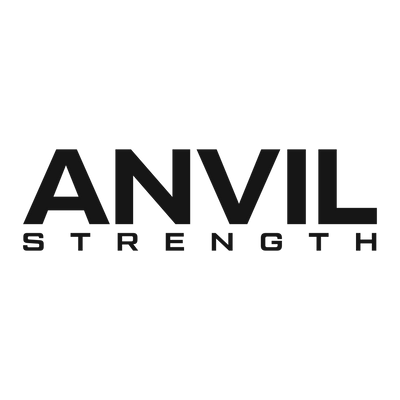
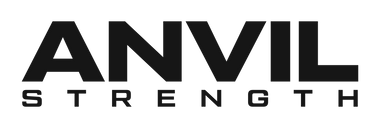
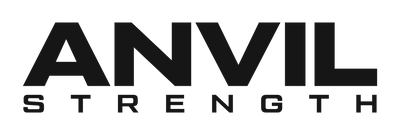
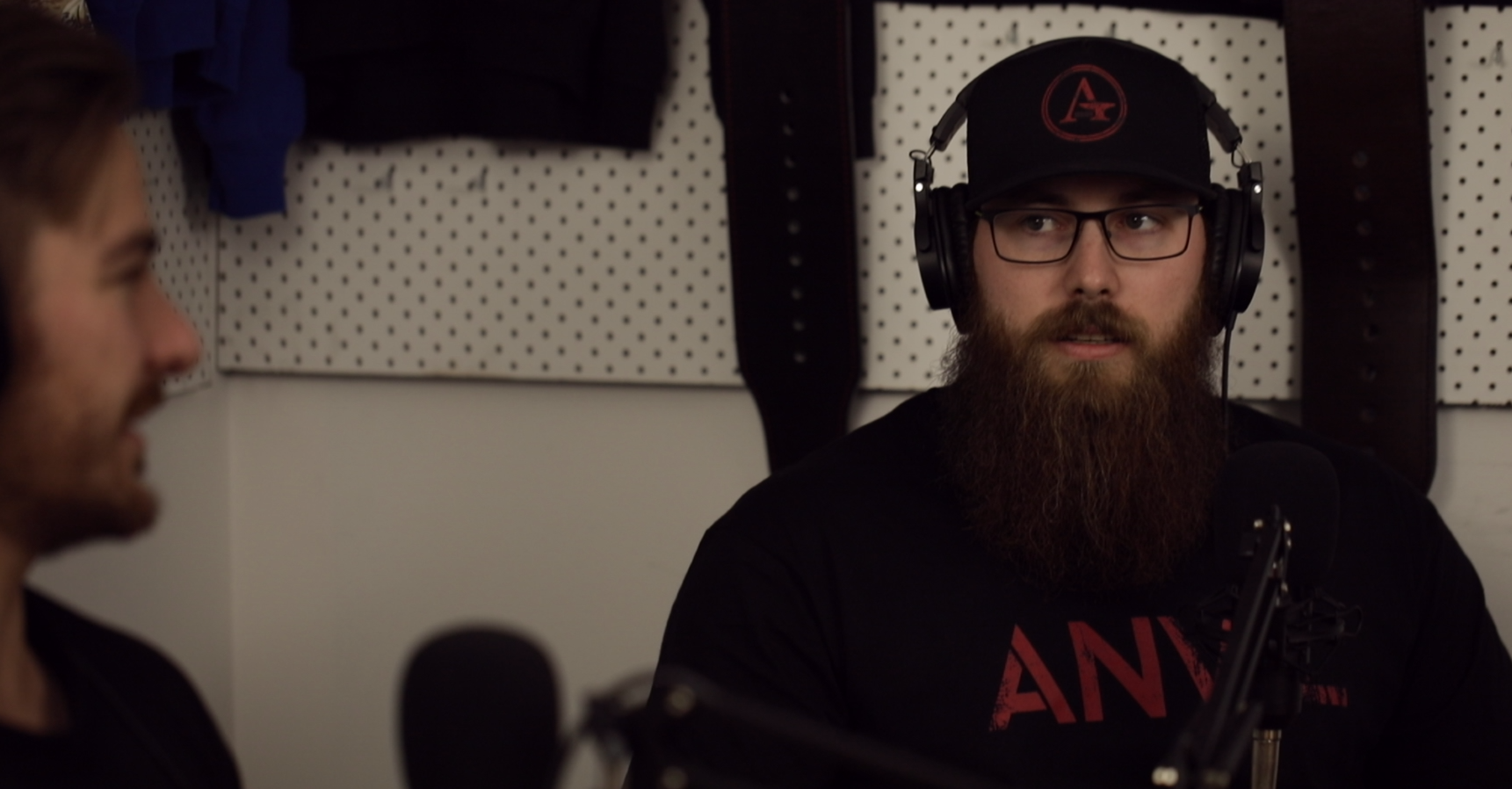
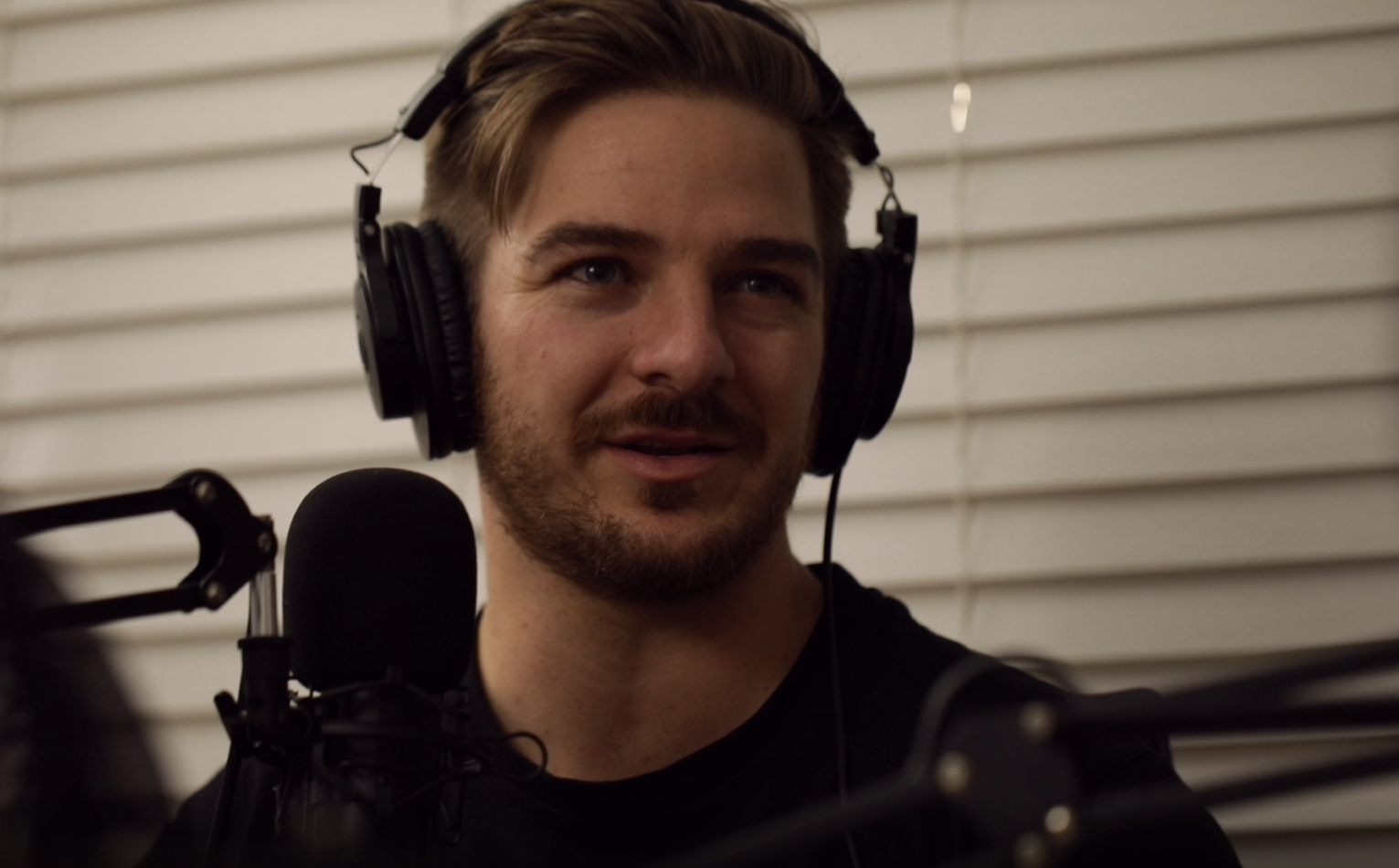
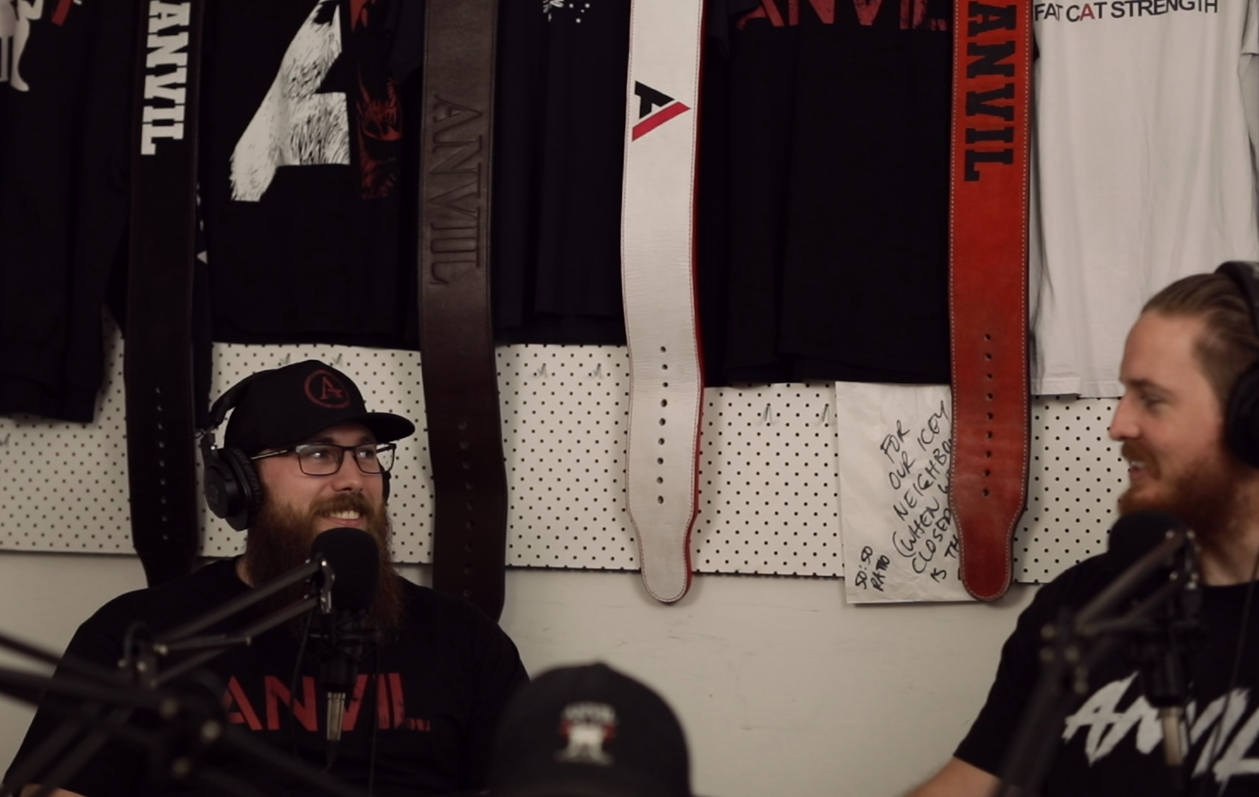
Leave a comment